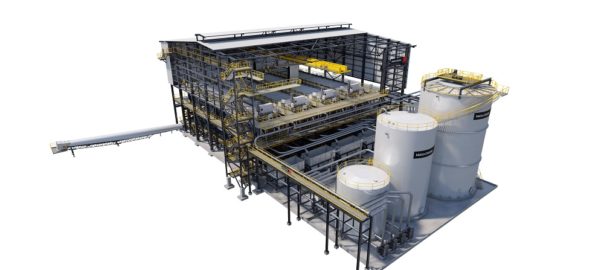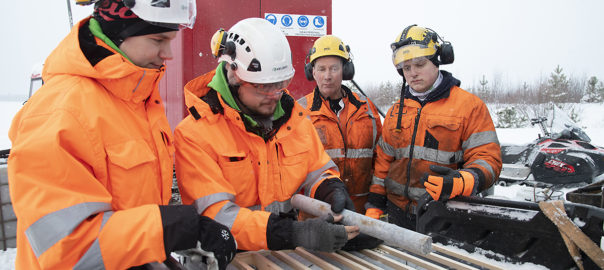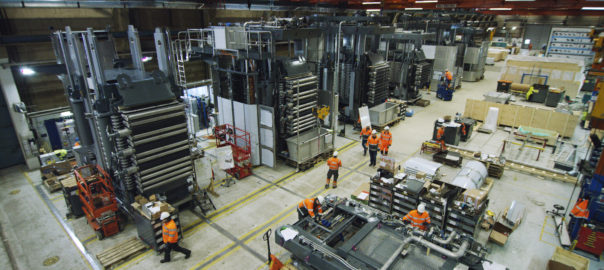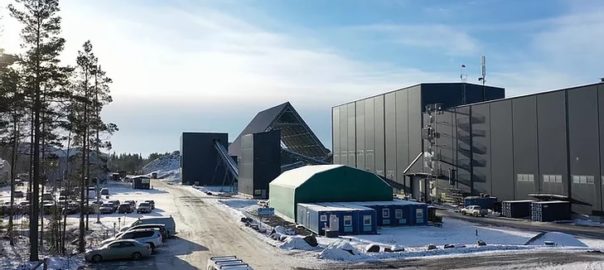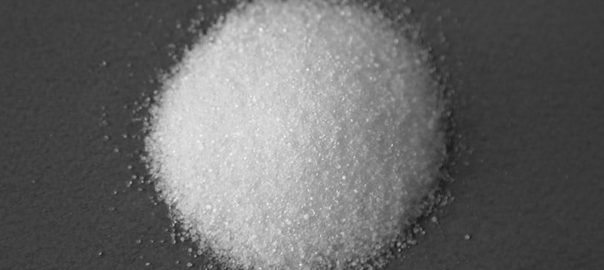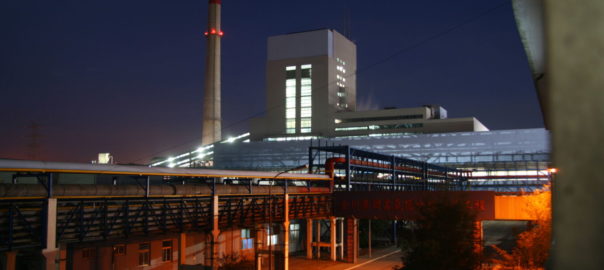Metso Outotec says it is launching a comprehensive Filtration Plant Units offering to maximise operational reliability in different types of dewatering applications where superior process performance combined with energy and water efficiency is required.
The offering consists of three major plant units around Metso Outotec’s Larox® PF and Larox® FFP, and Metso Outotec CC filter technologies, all designed for the dewatering of concentrates and tailings.
The latest addition to the offering is the Larox FFP3716 Filter Plant Unit, which represents the most advanced technology for the safe high volume processing of tailings, according to the company.
All Metso Outotec Filtration Plant Units are scalable and come as complete customisable solutions to meet even the most stringent customer requirements, the company explained.
Toni Kuisma, Product Manager, Filtration Plant Units at Metso Outotec, said: “We have been supporting our customers with filtration solutions for almost 100 years. Today, our selection of filtration technologies is the largest in the field, and their energy, emission and water efficiency is in a league of its own. The Filtration Plant Units combine all this knowledge to provide our customers with unrivalled dewatering performance.”
He continued: “We have also optimised the engineering and delivery process. The new plant unit concept provides the fastest time-to-volume for our customers. Special attention has also been paid to the units’ maintainability through, for example, advanced digitalisation. Their high level of automation enables easy optimisation and remote support.”
These units, which consist of advanced filters, screens, filter feed tanks, slurry pumps and conveyors, are pre-engineered for faster project execution. They are also coupled with process control system and various ancillary products and expert services, supported by the Metso Outotec Dewatering Technology Center (DTC) in Lappeenranta, Finland.
The integrated service offering provided by the company’s global network ranges from filter inspection and dewatering optimisation to spares and wears and remote support and Life Cycle Services.







